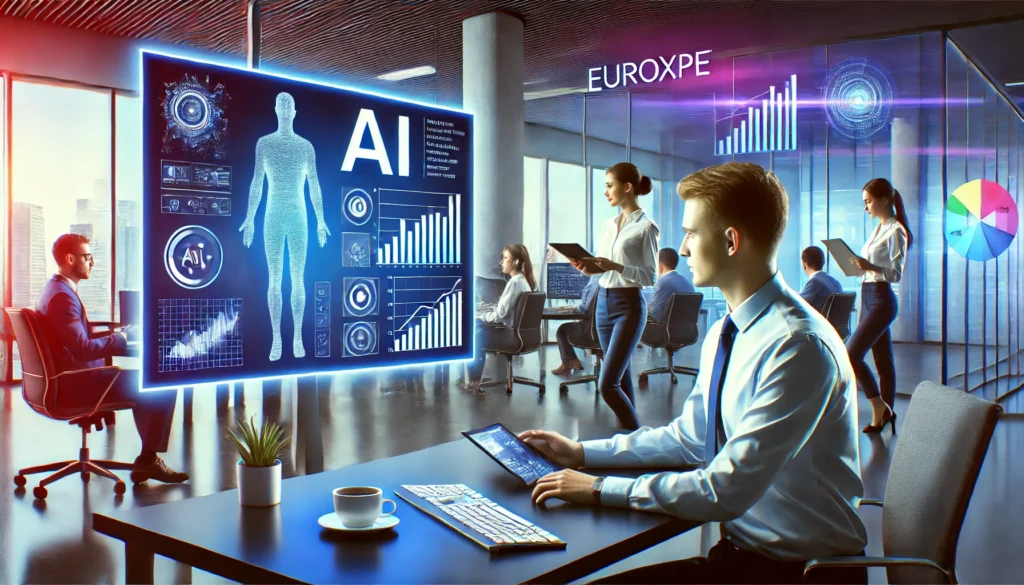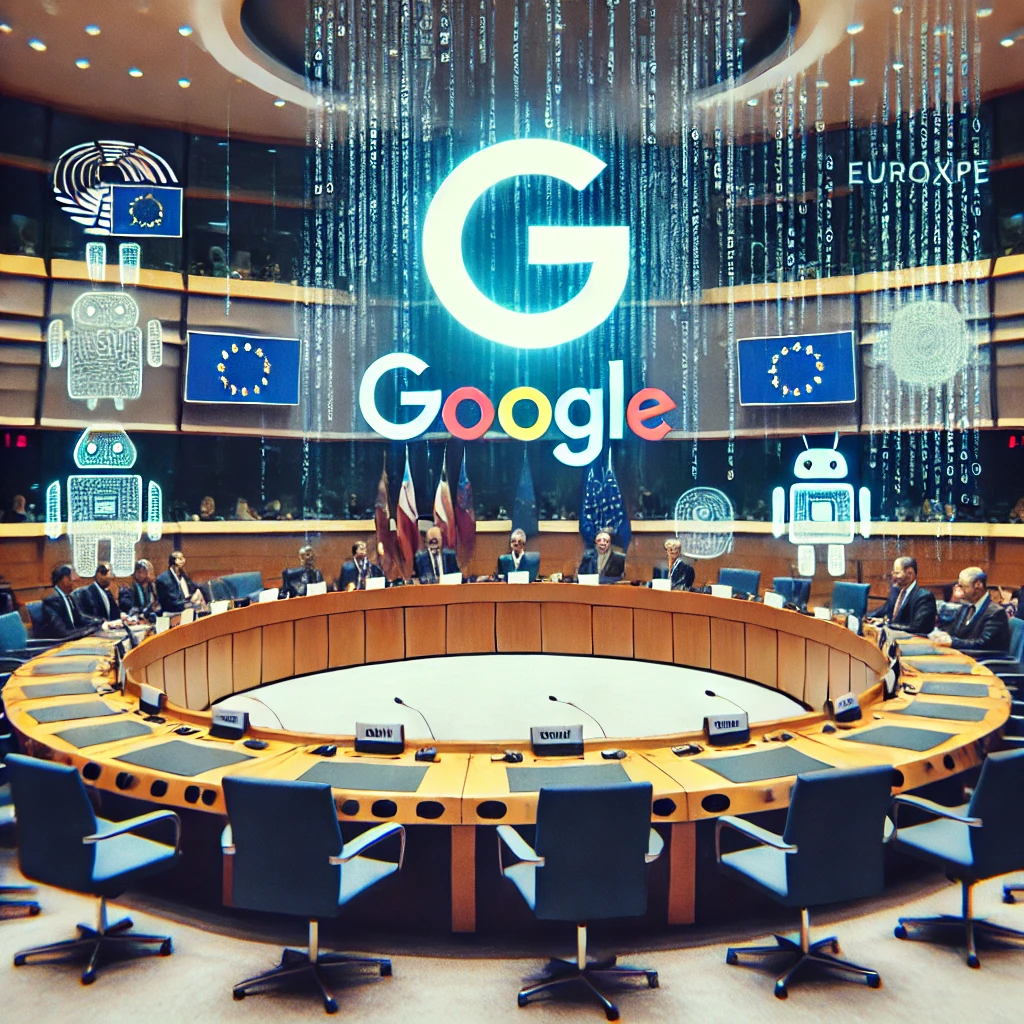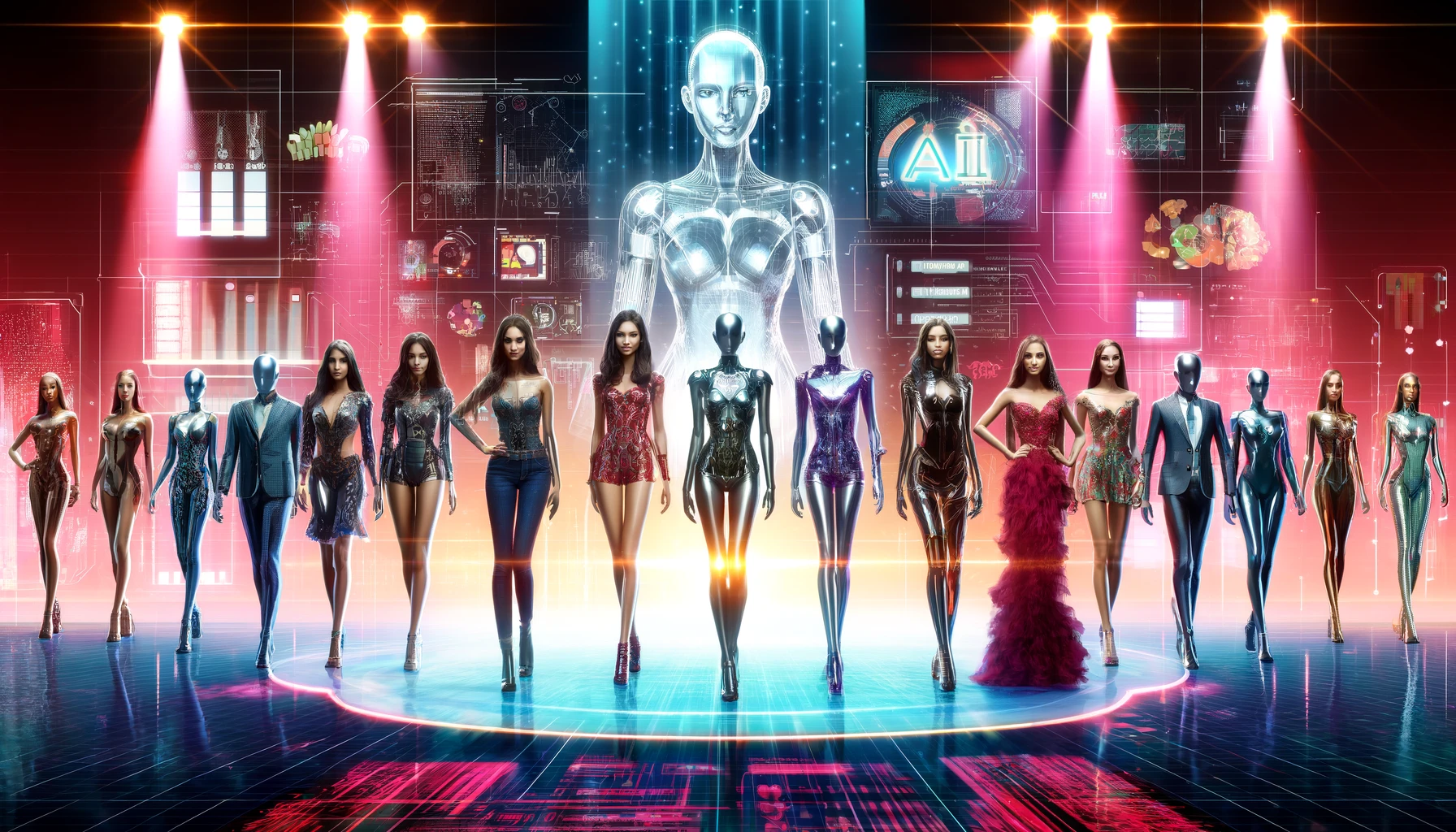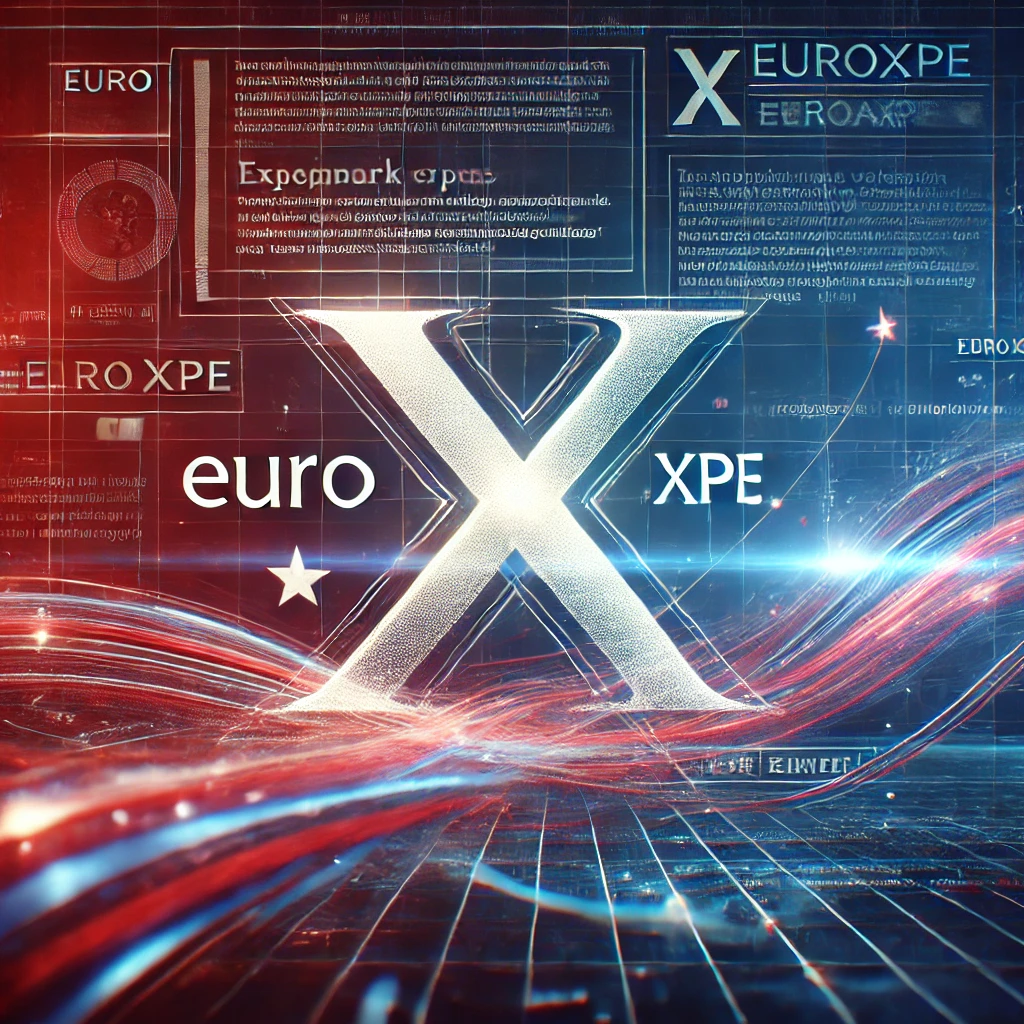The advent of AI in the workplace has sparked debates about job displacement and its potential benefits. While some industries have experienced AI-driven job displacement, many workers have found that these technologies have significantly enhanced their job performance.
Chatbots, for instance, are saving workers valuable time and assisting in areas where they may be less proficient, such as writing or coding. A recent survey conducted by ResumeTemplates.com involving 1,666 computer-using employees in the US revealed that 40% of workers using ChatGPT reported that it helped them secure a raise, and 30% said it aided in obtaining a promotion.
OpenAI has been at the forefront of the AI race with ChatGPT, which quickly amassed one million users shortly after its launch in November 2022. Despite its widespread utility, OpenAI’s CEO initially described the early versions of the technology as “barely useful.” However, this sentiment has evolved with the introduction of newer versions.
Earlier iterations of ChatGPT, while innovative, had limitations. According to ChatGPT’s pricing page, these versions lacked advanced capabilities in data analysis, file uploads, vision, web browsing, and custom GPTs. The latest model, GPT-4o, unveiled during OpenAI’s Spring Update, addresses these shortcomings and introduces enhanced functionalities.
The GPT-4o model, available for $20 a month, offers full access to its improved features. During its demonstration, it impressed users with its more human-like dialogue and its ability to solve complex math equations. Despite the postponement of OpenAI’s voice assistant tool, which was intended to sound like Scarlett Johansson, the updated AI assistant has shown significant improvements in speed and accuracy, albeit with occasional inaccuracies.
Here are some of the key features of GPT-4o that can enhance your workday:
GPT-4o excels in advanced data analysis, enabling users to combine and clean large datasets, create charts, and derive deeper insights. Users can upload files from their desktop or cloud storage, and ChatGPT will analyze the data by generating and running Python code. The chatbot creates interactive tables that users can expand upon for detailed analysis. It can also monitor data continuously, providing real-time updates and alerts when trends change.
OpenAI introduces the concept of custom GPTs—tailored versions of the chatbot designed for specific tasks or topics by integrating instructions, knowledge, and capabilities. These custom GPTs can assist in various domains, from language tutoring to technical support. To create a custom GPT, users can visit OpenAI’s site, select “Create a GPT,” and specify the desired actions, such as developing code or designing a website.
Setting custom instructions allows users to save preferences or requirements, ensuring personalized responses without the need to repeatedly provide the same context. This feature is particularly beneficial for professionals, such as teachers, who can save time by avoiding the repetition of introductory details for each query.
The latest version of ChatGPT provides real-time feedback with its capability to reason across vision and text. This means it can assist users on the spot, whether it’s solving a math equation or offering grammar advice for an email. OpenAI states that GPT-4o can respond to audio inputs in as little as 232 milliseconds, closely mirroring human response times in conversations.






